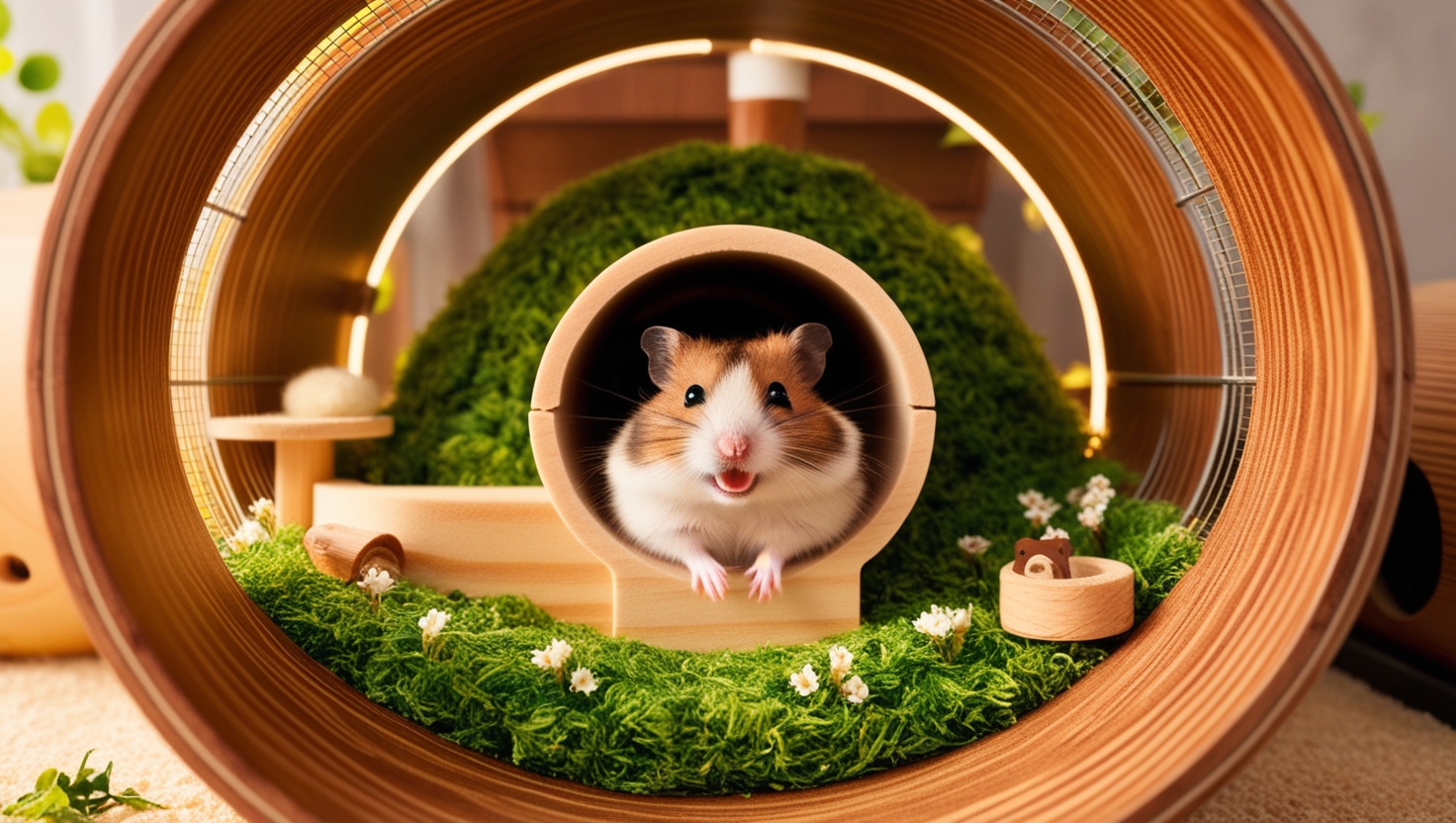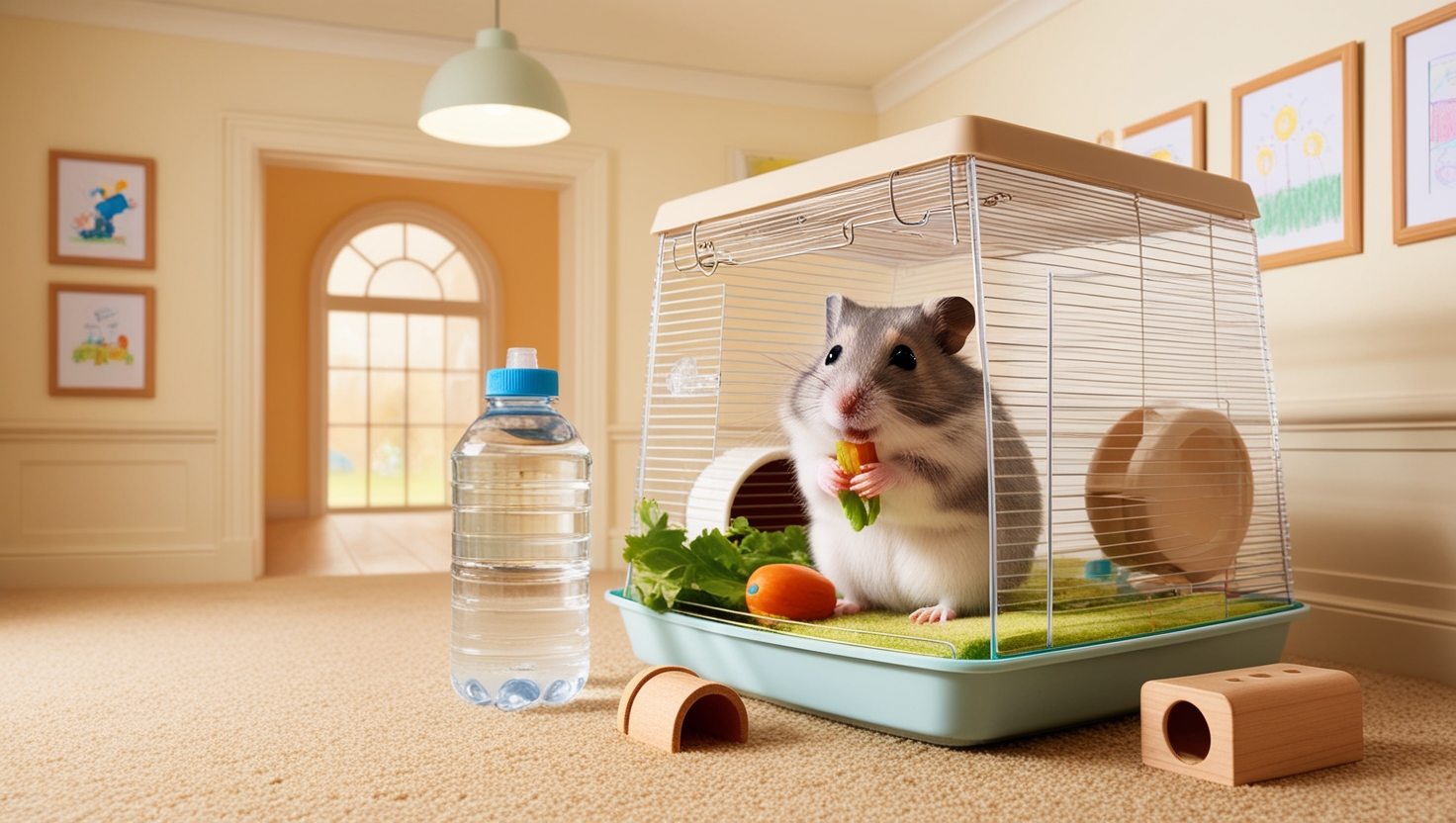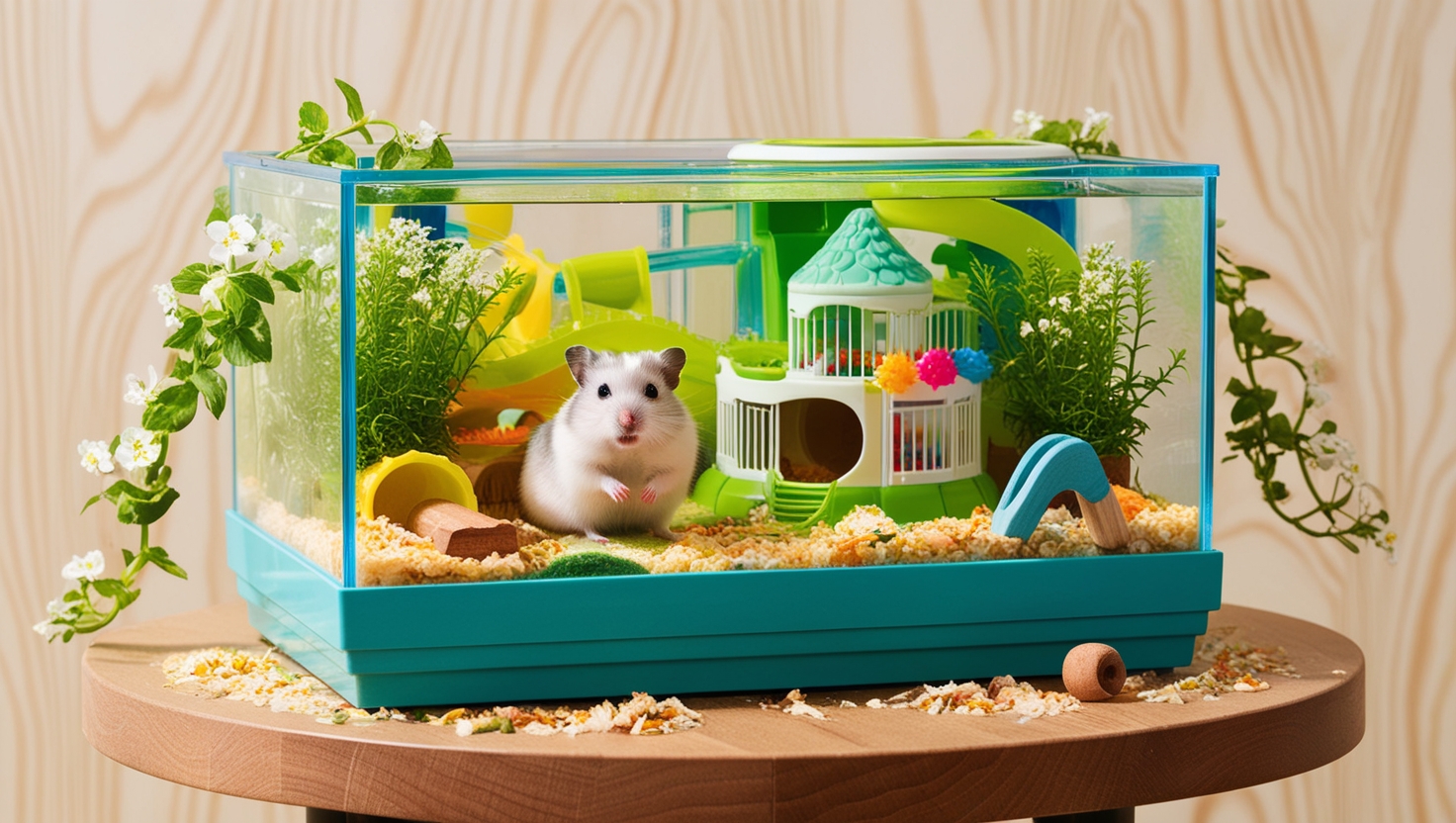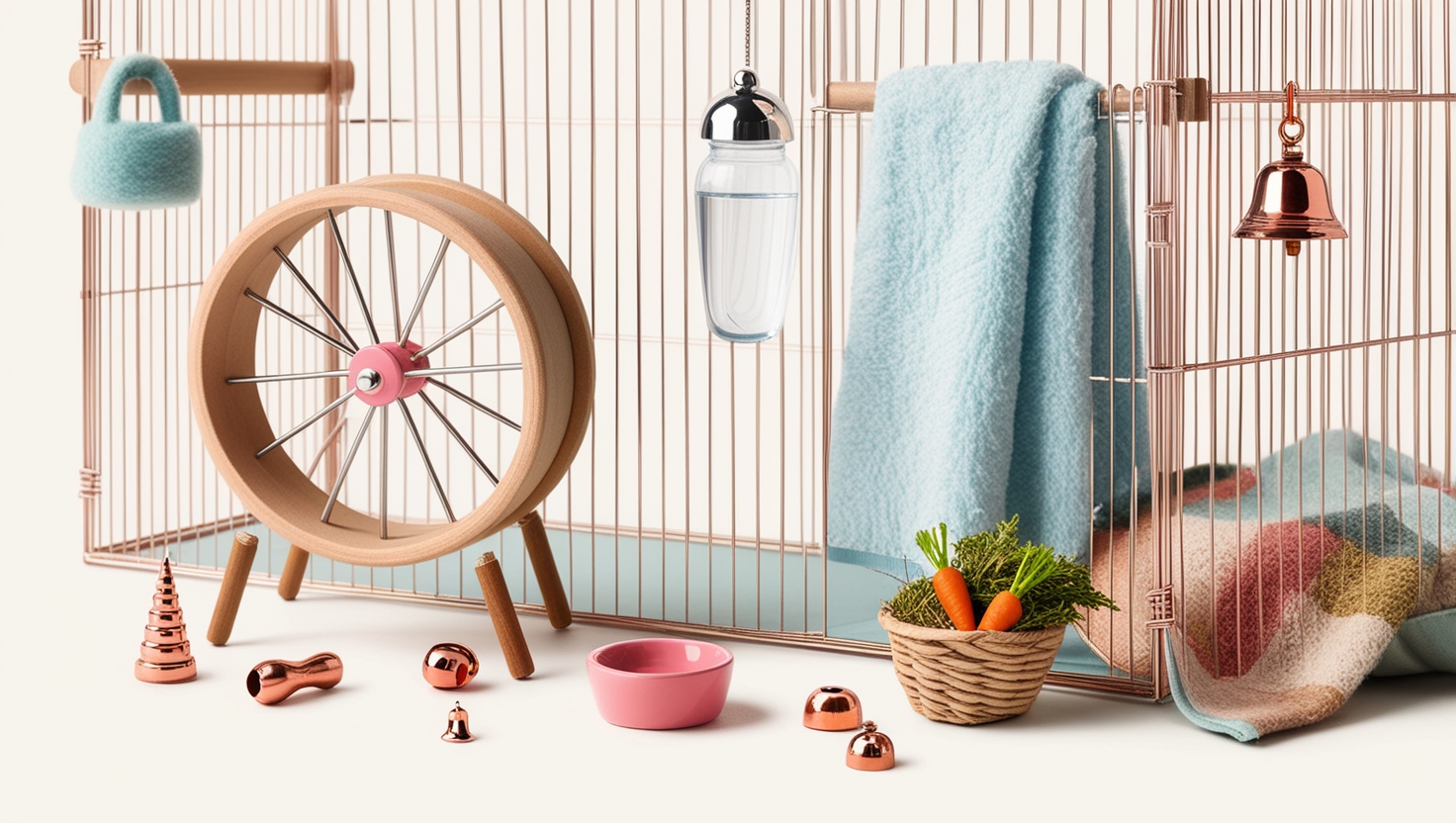Bringing home a hamster is always an exciting adventure! These tiny furballs bring so much joy with their playful antics and adorable quirks. But before you welcome your new furry friend, it’s crucial to create a comfortable and stimulating environment for them. And that starts with choosing the perfect hamster cage – a spacious and enriching haven where they can thrive.
You see, a hamster’s cage isn’t just a place to sleep; it’s their entire world! It needs to cater to their natural instincts of burrowing, exploring, and playing. Choosing a “big size” hamster cage isn’t just about giving them more space to roam, it’s about enriching their lives and ensuring their well-being.
Understanding Hamster Cage Size: Why Bigger is Better
Many new hamster owners underestimate the importance of a spacious cage. “My hamster is so tiny, surely a small cage is enough?” they think. But the truth is, hamsters are active little creatures with a surprising amount of energy.
Think about it this way: Imagine being confined to a single room your entire life. Wouldn’t you feel cramped and bored? That’s how a hamster feels in a cage that’s too small.
Here’s why a big size hamster cage is essential:
- Exercise and Enrichment: Hamsters need ample space to run, play, and exercise to stay physically and mentally stimulated. A spacious cage allows for more toys, tunnels, and accessories, keeping your hamster happy and engaged.
- Natural Behaviors: In the wild, hamsters are natural burrowers, creating elaborate tunnel systems for shelter and nesting. A big size cage allows for a deeper layer of bedding, enabling them to indulge in this instinctual behavior.
- Reduced Stress: A cramped cage can lead to stress, boredom, and even aggression in hamsters. Providing a spacious environment promotes a sense of security and well-being.
Sizing Up the Options: Minimum Cage Requirements
As a general rule, the bigger the cage, the better. However, there are minimum size requirements to keep in mind:
- Syrian Hamsters: These solitary creatures need a minimum of 900 square inches of floor space (that’s about 40 inches by 22.5 inches) and a height of at least 24 inches to accommodate a generous layer of bedding.
- Chinese and Dwarf Hamsters: While smaller than Syrians, these hamsters still need a minimum of 700 square inches of floor space (around 40 inches by 17.5 inches) and a height of 24 inches with 6-8 inches of bedding.
Remember, these are just minimums! Providing even more space is always beneficial for your furry friend.
Choosing the Best Hamster Cage: Materials and Features
Now that you understand the importance of size, let’s explore the best hamster cage options available:
- Tank-Style Cages: These are excellent for burrowing, as they offer a deep base for bedding. Look for cages with a wire mesh top for ventilation and easy access.
- Wire Cages: While wire cages offer good ventilation, they may not be suitable for all hamsters, as bedding can easily be kicked out. If you choose a wire cage, ensure it has a solid bottom and high sides to prevent escapes.
- Avoid Crittertrail Cages: These colorful, interconnected cages may seem appealing, but they are often too small, especially for Syrian hamsters. The tubes can also harbor bacteria if not cleaned meticulously.
Pro Tip: Dr. Lisa Peterson, a veterinarian specializing in exotic pets, advises, “When selecting a hamster cage, prioritize safety, ventilation, and ease of cleaning. Choose a cage with secure latches, adequate airflow, and a design that allows for easy access for cleaning and maintenance.”
Creating a Stimulating Environment: Enrichment Ideas
A big size hamster cage is just the first step. To truly enhance your hamster’s life, you need to provide enrichment activities that cater to their natural instincts:
- Deep Bedding: Provide a thick layer of bedding (at least 6-10 inches) made of safe and absorbent materials like aspen shavings or paper-based bedding.
- Burrowing Accessories: Enhance their burrowing experience with cork logs, tunnels, and hideouts.
- Exercise Wheel: A sturdy wheel is essential for exercise. Ensure the wheel is large enough (10-12 inches for Syrians, 6-8 inches for Dwarfs) to prevent back problems.
- Chew Toys: Hamsters have constantly growing teeth, so provide safe chew toys like wooden blocks, willow balls, or cardboard tubes to keep their teeth healthy.
- Food Scattering: Instead of placing food in a bowl, scatter it around the cage to encourage foraging behavior.
A Home Away from Home: Making Your Hamster Happy
Choosing the right hamster cage is a decision that directly impacts your hamster’s well-being. By providing a spacious and enriching environment, you’re not just giving them a place to live, you’re giving them a place to thrive.
Remember, your hamster’s cage is their world. Make it a world filled with fun, exploration, and happiness!







